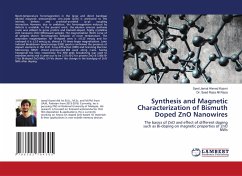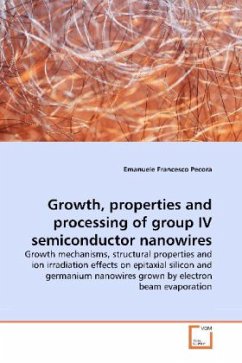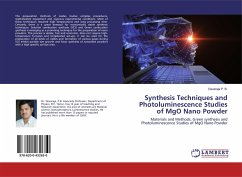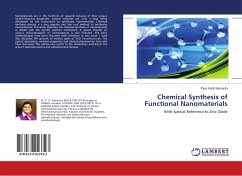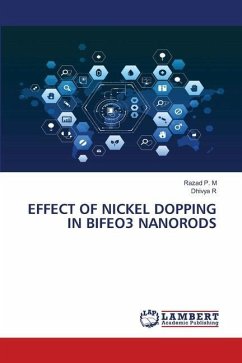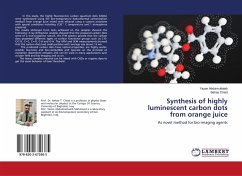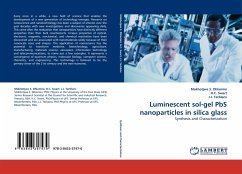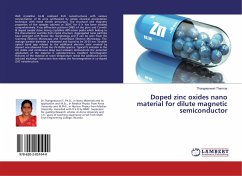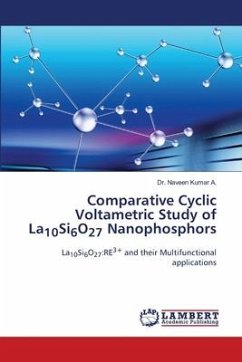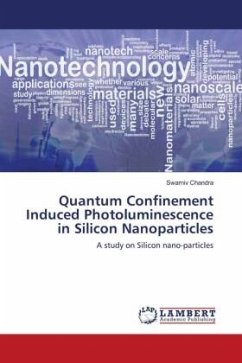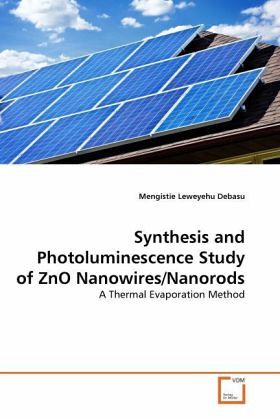
Synthesis and Photoluminescence Study of ZnO Nanowires/Nanorods
A Thermal Evaporation Method
Versandkostenfrei!
Versandfertig in 6-10 Tagen
32,99 €
inkl. MwSt.

PAYBACK Punkte
16 °P sammeln!
Among oxide semiconductor nanomaterials, zinc oxide (ZnO) is the richest family of nanostructures and has versatile applications in electronic, photonic, photovoltaic, piezoelectric, and spintronic devices. Understanding the electrical, optical, thermal and mechanical properties and controlling the synthesis conditions of ZnO nanostructures are essential to achieve the aforementioned applications at the industrial level. This book presents an overview on the physical properties of ZnO. The synthesis of ZnO nanowires/nanorods on alumina and silicon substrates by a thermal evaporation method is ...
Among oxide semiconductor nanomaterials, zinc oxide (ZnO) is the richest family of nanostructures and has versatile applications in electronic, photonic, photovoltaic, piezoelectric, and spintronic devices. Understanding the electrical, optical, thermal and mechanical properties and controlling the synthesis conditions of ZnO nanostructures are essential to achieve the aforementioned applications at the industrial level. This book presents an overview on the physical properties of ZnO. The synthesis of ZnO nanowires/nanorods on alumina and silicon substrates by a thermal evaporation method is discussed. The growth mechanisms, morphology, crystal structure and photoluminescent properties of the nanowires/nanorods have been analysed in detail.



